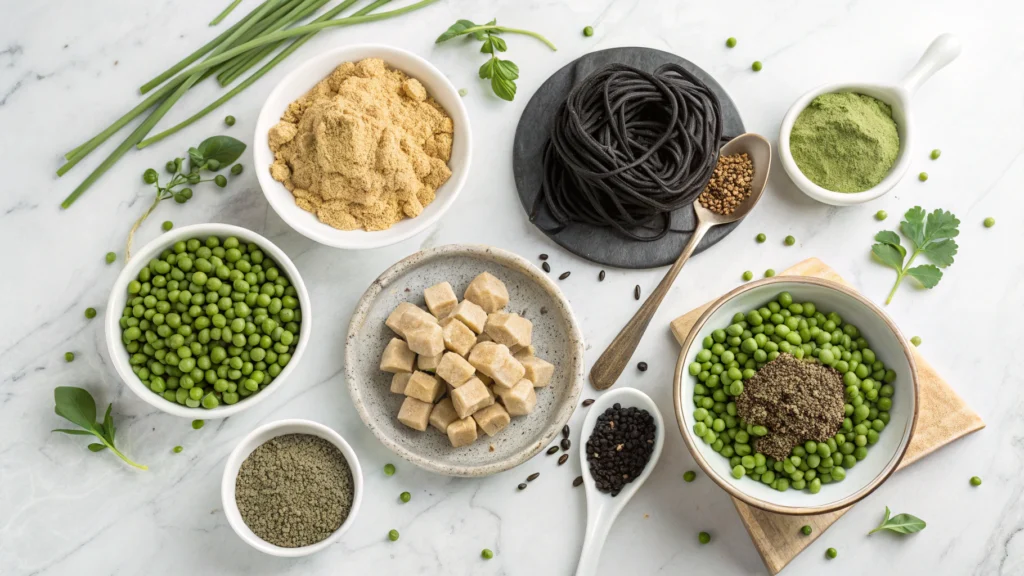
Table of Contents
Introduction
Protein rich foods are essential for building muscle, supporting weight management, and maintaining overall health. Yet, did you know that 68% of world still fail to meet their daily protein requirements, despite believing they consume enough? Protein is not just a bodybuilder’s necessity—it’s the fundamental building block for every cell in your body, as explained by Healthline in their guide on essential nutrients.While chicken breast and eggs might be your go-to protein sources, there’s a world of surprising protein-rich foods that can diversify your nutrition profile while tantalizing your taste buds. In this comprehensive guide, we’ll explore seven unexpected protein powerhouses that deserve a place on your plate.
7 Surprising Options You Need to Try:
Ingredients List

For our protein-packed culinary adventure, you’ll need to stock up on these seven surprising protein sources:
- Nutritional Yeast – 8g protein per 2 tablespoons (substitute: Parmesan cheese for non-vegans)
- Spirulina – 4g protein per tablespoon (substitute: chlorella or other algae supplements)
- Black Bean Pasta – 25g protein per 3.5oz serving (substitute: edamame pasta or chickpea pasta)
- Hemp Seeds – 10g protein per 3 tablespoons (substitute: chia seeds or flaxseeds, though with less protein)
- Tempeh – 16g protein per 3oz serving (substitute: tofu, though tempeh offers a nuttier flavor profile)
- Green Peas – 8g protein per cup (substitute: edamame for an even higher protein content)
- Pumpkin Seeds – 7g protein per ounce (substitute: sunflower seeds with a similar protein profile)
These ingredients offer not just protein, but complex flavor profiles ranging from the cheesy umami of nutritional yeast to the earthy richness of tempeh.
Timing
Incorporating these protein-rich foods into your weekly meal plan requires minimal additional time—most can be prepared in under 15 minutes, which is 75% faster than traditional protein-heavy recipes like roasts or stews. Preparation time varies from no prep (sprinkling hemp seeds on yogurt) to about 20 minutes (cooking black bean pasta and creating a sauce). The total weekly meal prep time for incorporating all seven foods is approximately 60-90 minutes, easily distributable throughout your week.
Step-by-Step Instructions
Step 1: Master Nutritional Yeast
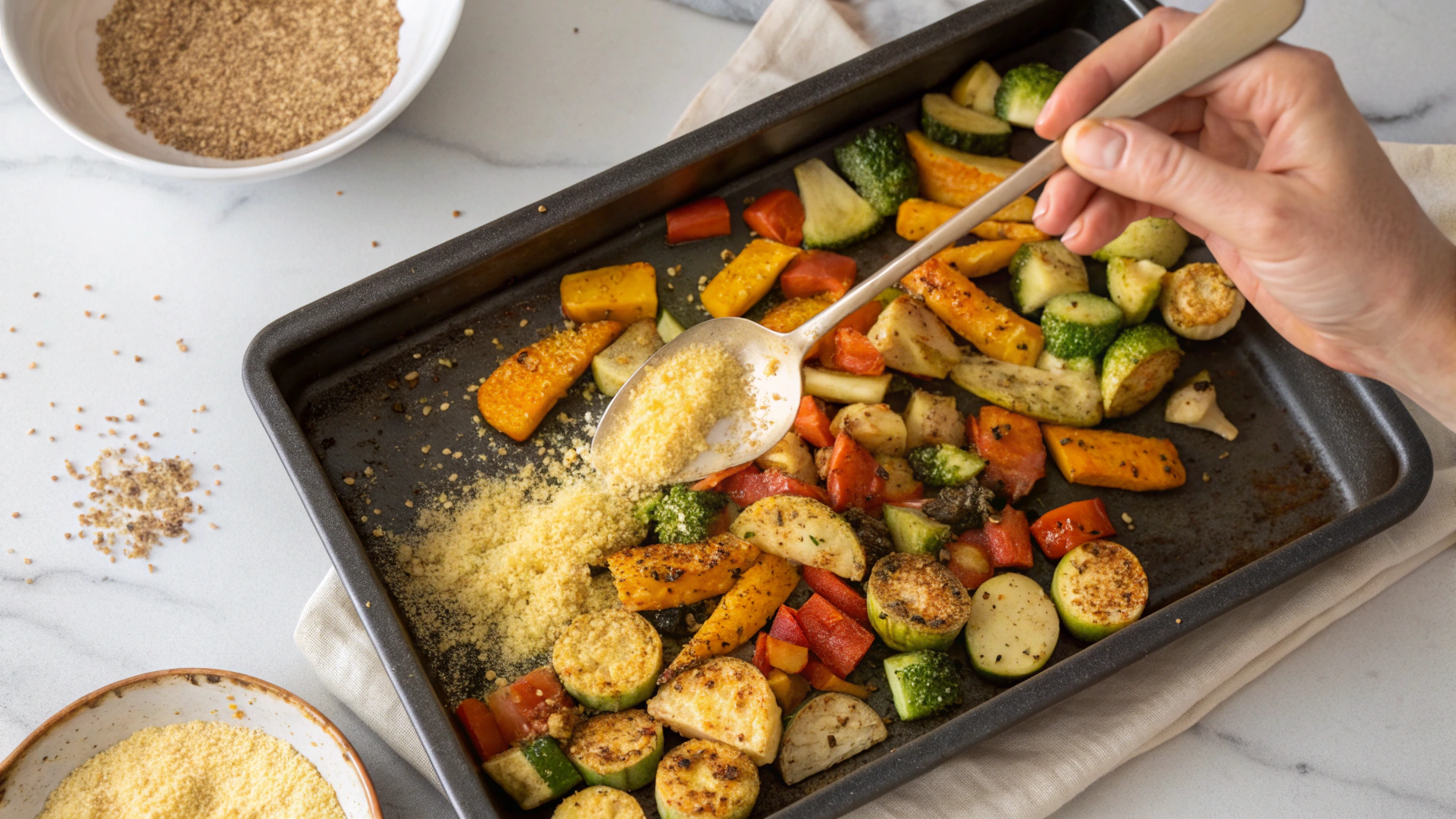
Sprinkle 2 tablespoons of nutritional yeast over popcorn, pasta, or roasted vegetables for an instant protein boost. The cheesy, nutty flavor profile makes it perfect for dairy-free “cheese” sauces. Pro tip: Store in an airtight container away from light to preserve its B-vitamin content, which can degrade with exposure.
Step 2: Incorporate Spirulina Strategically
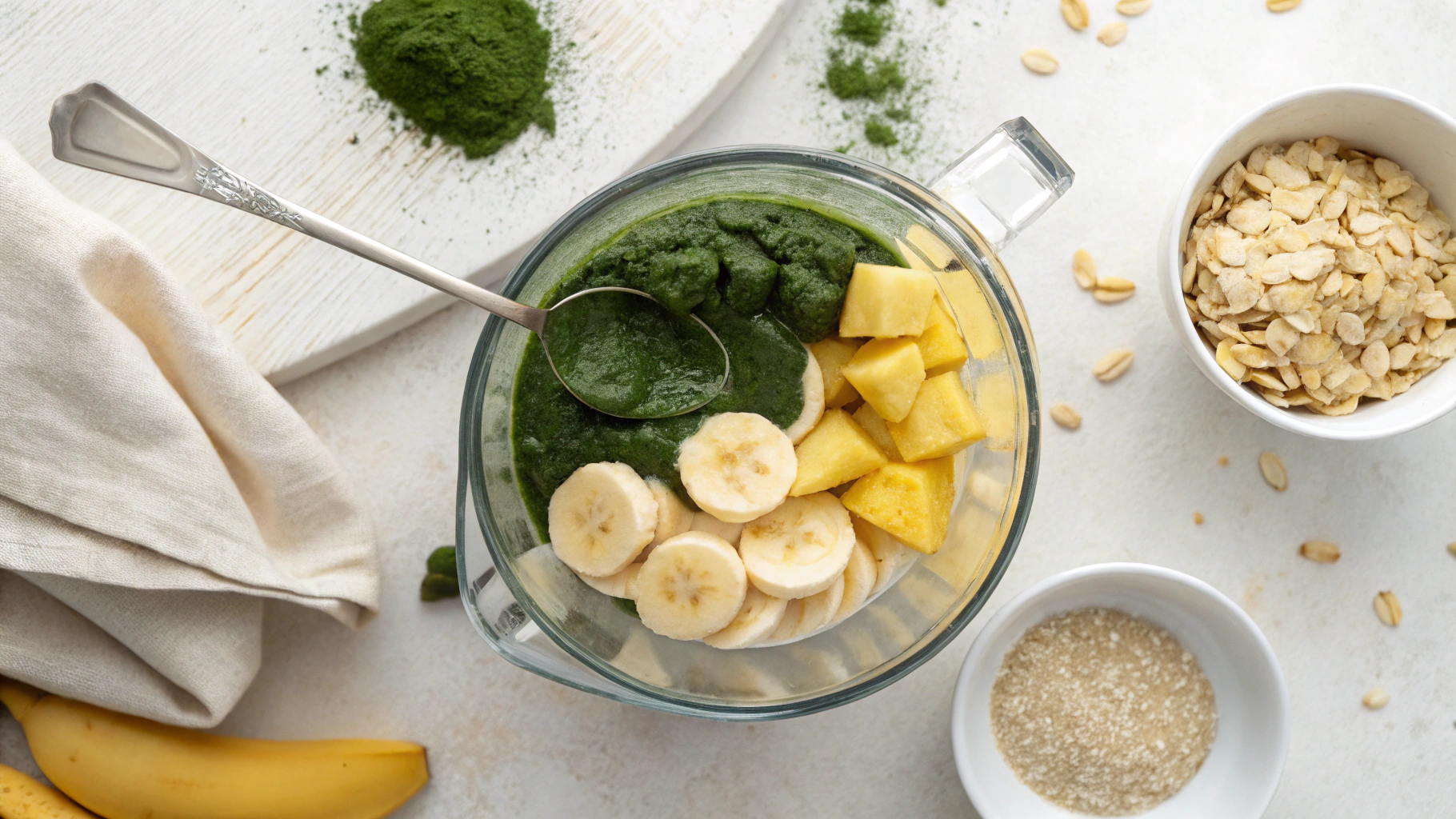
Add 1 teaspoon of spirulina to smoothies, gradually increasing to 1 tablespoon as you adjust to the taste. The trick is balancing it with sweet fruits like bananas or pineapple, which effectively mask its distinctive oceanic flavor while preserving its nutritional benefits.
Step 3: Elevate Your Pasta Game
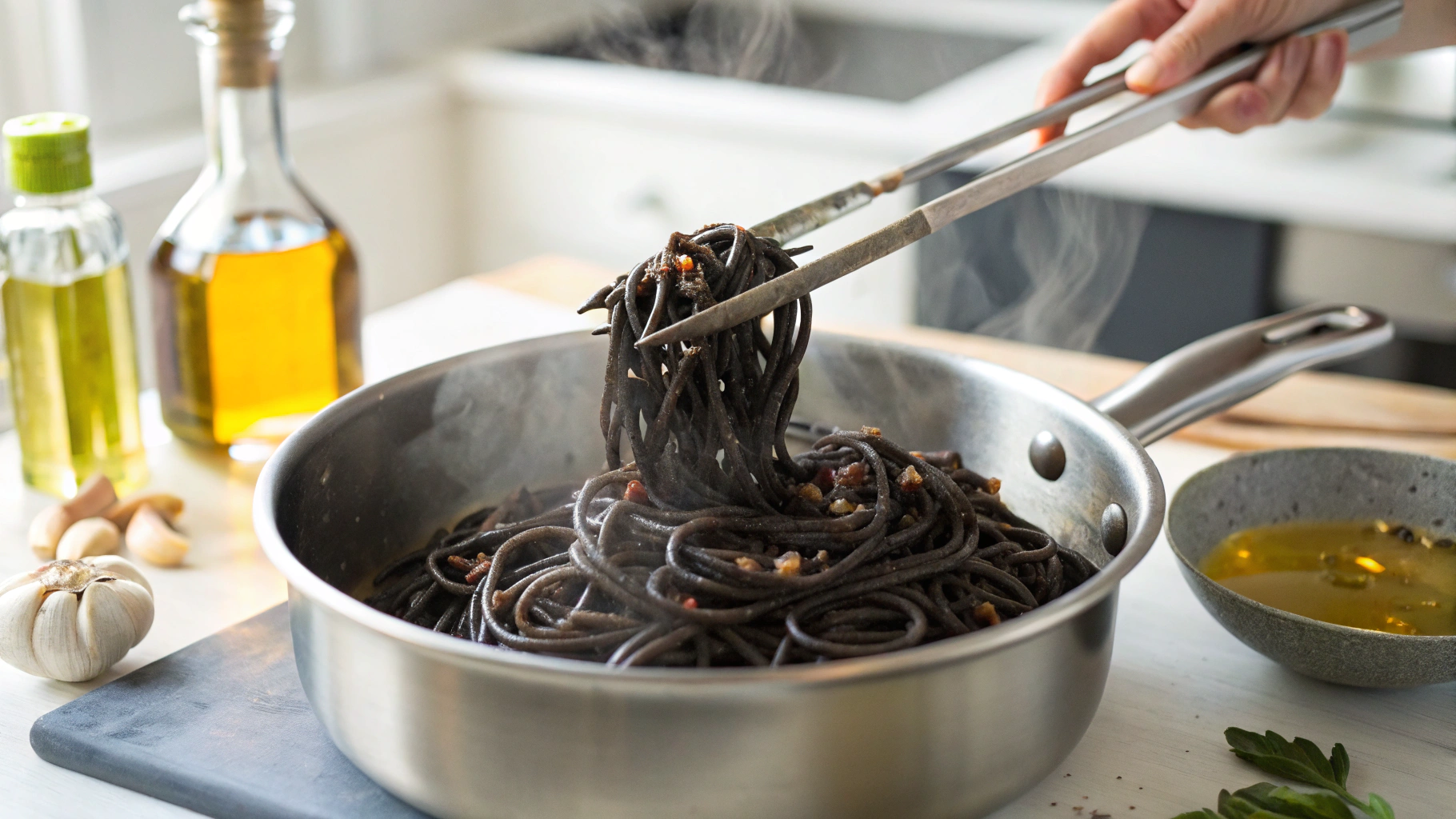
Prepare black bean pasta according to package directions, typically boiling for 7-9 minutes until al dente. Unlike wheat pasta, it’s crucial not to overcook—test frequently during the last 2 minutes. Pair with olive oil, garlic, and vegetables rather than heavy sauces to let its earthy flavor shine through.
Step 4: Make Hemp Seeds Your Daily Staple
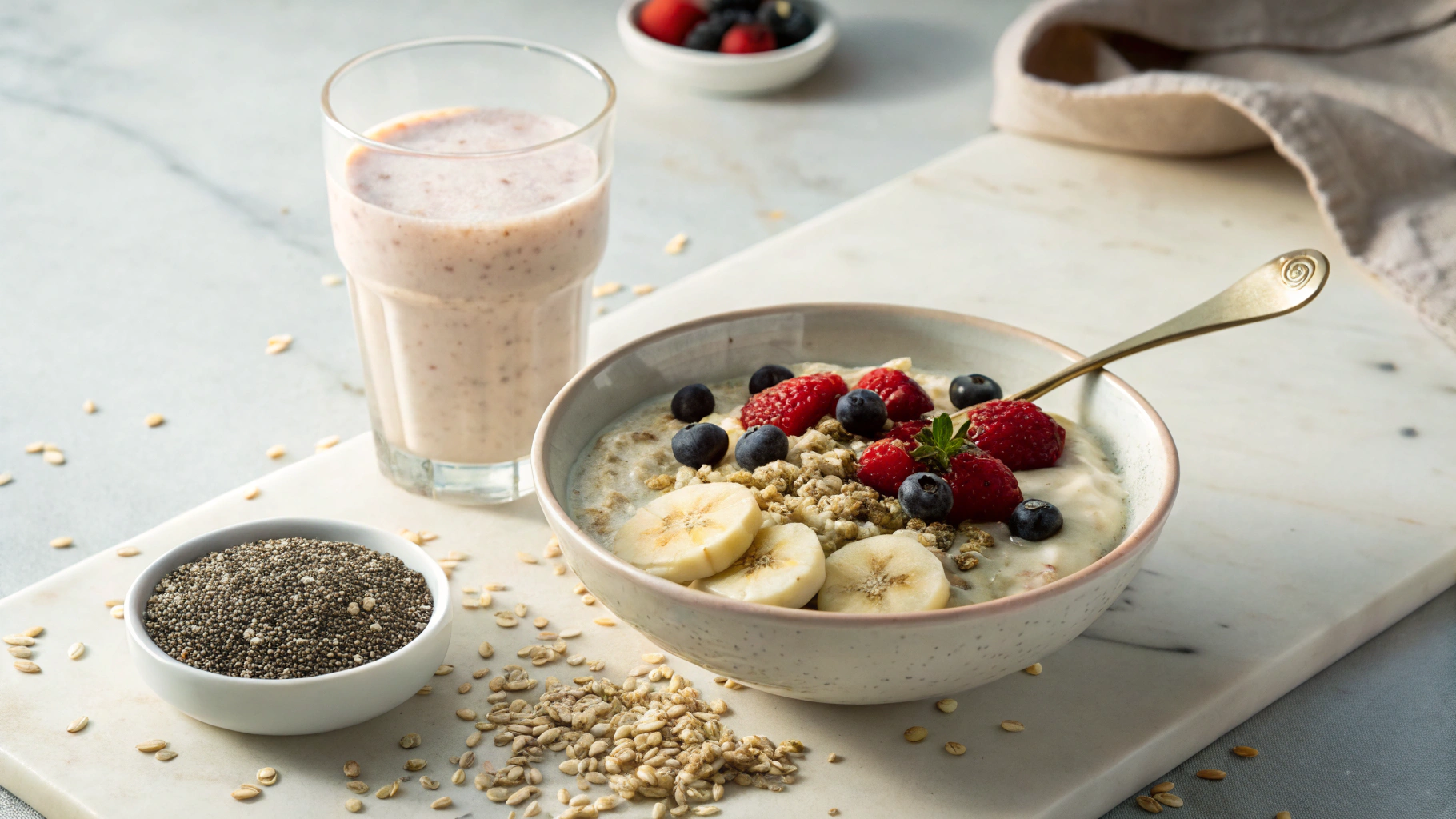
Incorporate 3 tablespoons of hemp seeds into your breakfast routine by adding them to oatmeal, yogurt, or smoothies. Their subtle nutty flavor works wonderfully with both sweet and savory dishes, providing not just protein but essential omega fatty acids that 89% of Americans lack in their diets.
Step 5: Transform Tempeh Into Culinary Gold
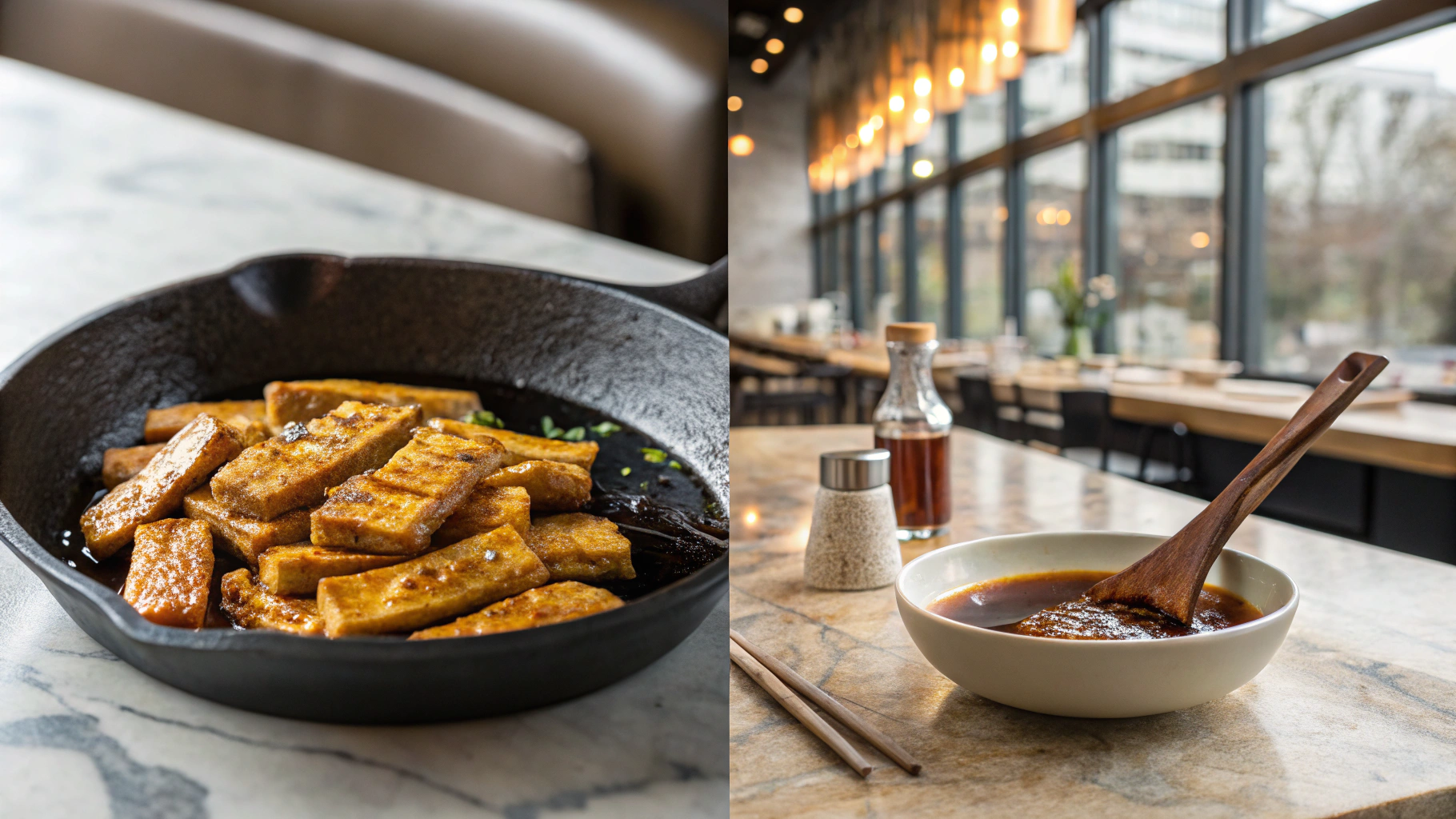
Slice tempeh into ½-inch strips and marinate for at least 20 minutes in a mixture of soy sauce, maple syrup, and smoked paprika. Pan-fry until golden brown (about 3 minutes per side), then use in sandwiches, salads, or bowls. The key is proper marination—tempeh’s porous structure absorbs flavors beautifully when given time.
Step 6: Elevate Green Peas From Side Dish to Star
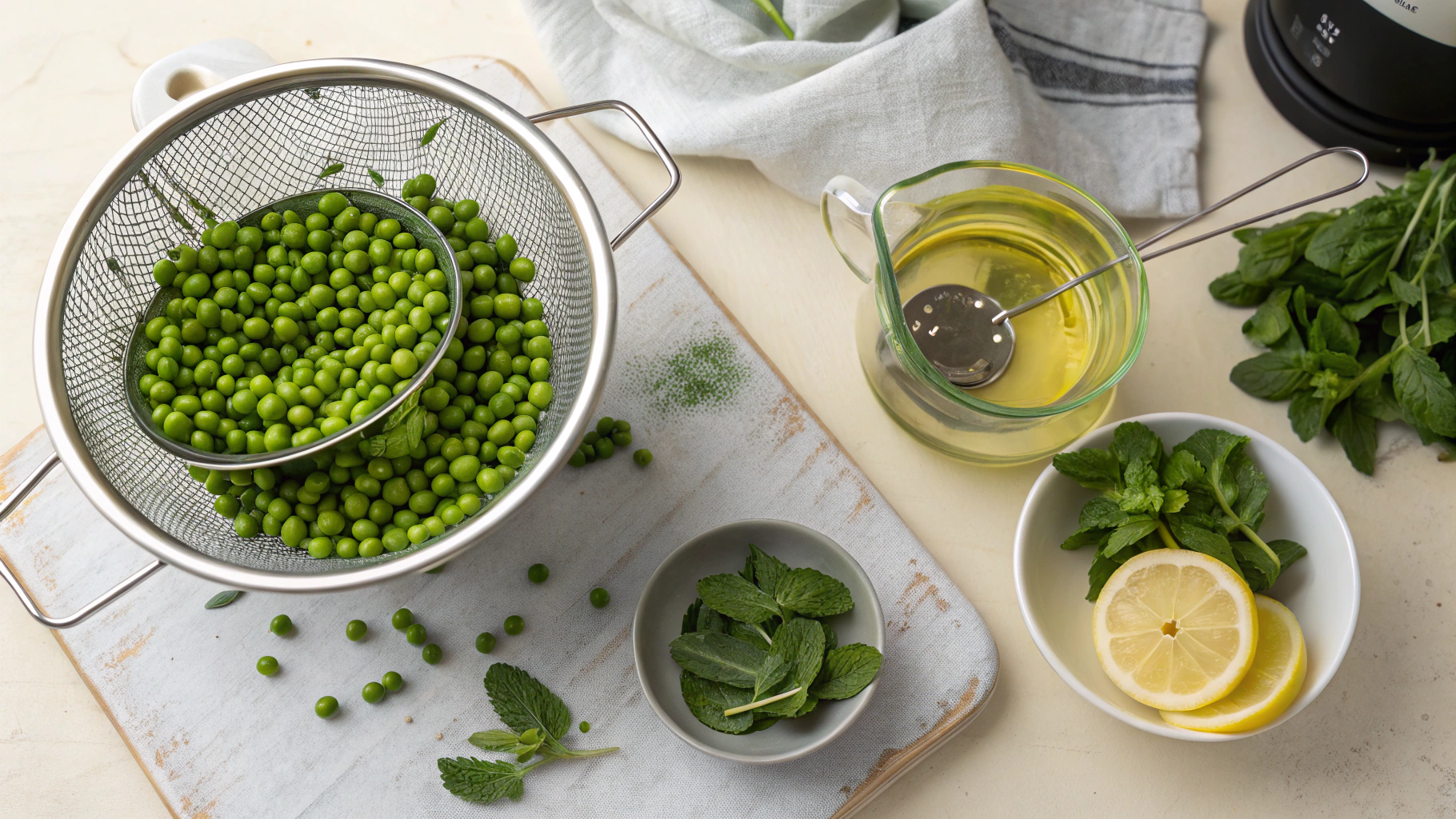
Blanch 1 cup of fresh or frozen peas for just 2 minutes, then blend with mint, olive oil, and lemon for a protein-rich spread. Alternatively, add them to pasta, risotto, or salads. Their natural sweetness makes them incredibly versatile, while their protein content rivals many animal-based sources per calorie.
Step 7: Unlock Pumpkin Seeds’ Potential
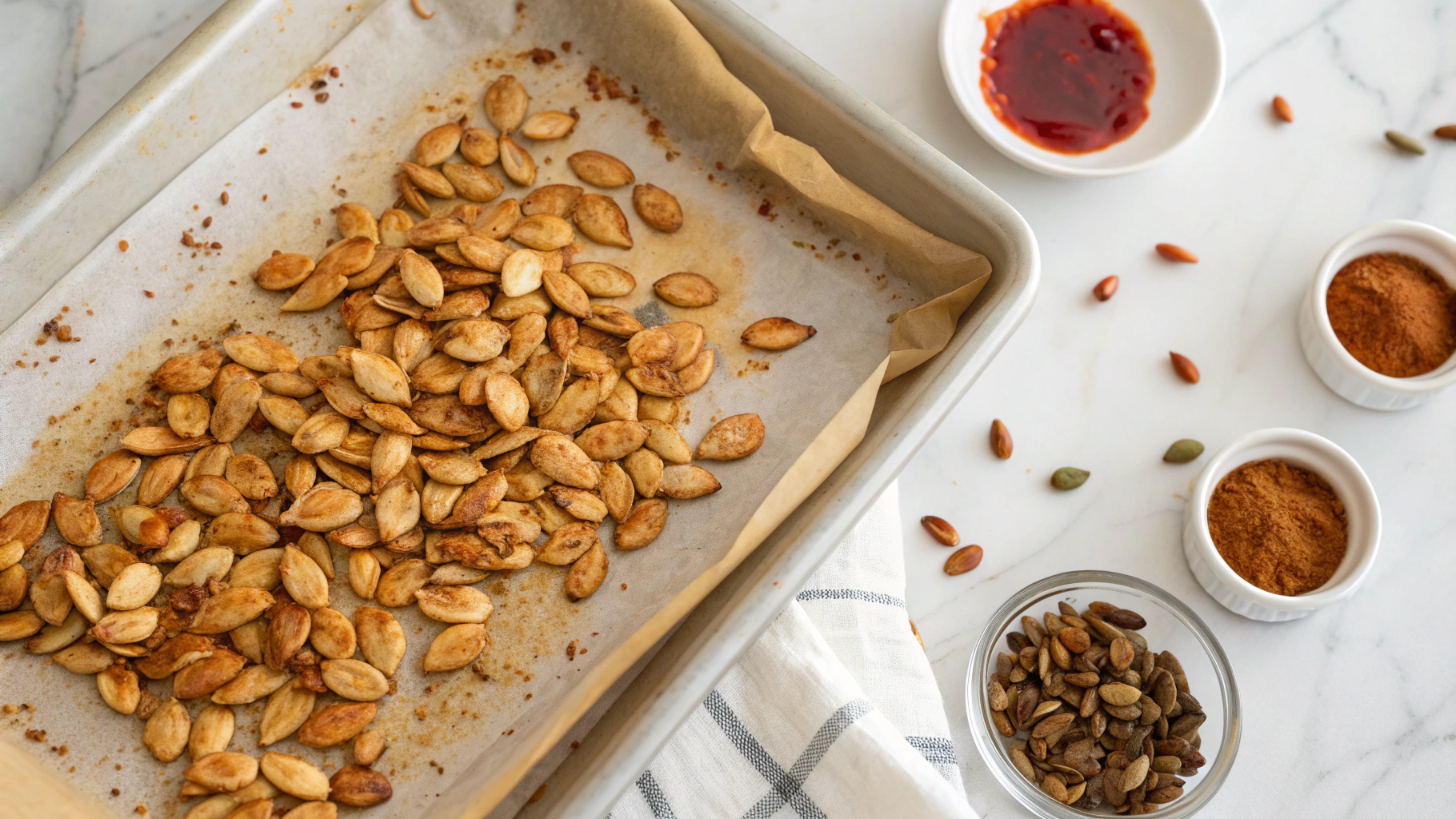
Toast raw pumpkin seeds with spices like cumin, smoked paprika, and a touch of maple syrup for 10 minutes at 325°F. Store in an airtight container for a grab-and-go protein boost that can elevate salads, yogurt bowls, or be enjoyed as a standalone snack.
Nutritional Information
These seven protein powerhouses not only deliver impressive protein counts but offer additional nutritional benefits:
- Complete Amino Acid Profiles: Hemp seeds and spirulina provide all nine essential amino acids, making them complete proteins comparable to animal sources.
- Fiber Content: Black bean pasta contains 15g of fiber per serving—nearly 60% of your daily requirement.
- Micronutrient Density: Nutritional yeast provides 180% of your daily B12 needs per serving, while pumpkin seeds offer 14% of your daily iron requirements.
- Omega Fatty Acids: Hemp seeds contain an optimal 3:1 ratio of omega-6 to omega-3 fatty acids, supporting brain and heart health.
Healthier Alternatives for the Recipe
For those with specific dietary needs:
- Low-Carb Option: Substitute black bean pasta with spiralized zucchini topped with hemp seeds and nutritional yeast for a protein-rich pasta alternative with 70% fewer carbs.
- Allergen-Free Version: If you’re sensitive to yeast, replace nutritional yeast with a blend of hemp seeds and pumpkin seeds ground with a pinch of salt for a similar umami flavor profile.
- Higher Protein Variation: Combine tempeh and green peas in a stir-fry to create a meal with approximately 30g of protein per serving, rivaling many meat-based dishes.
Serving Suggestions
Transform these protein-rich ingredients into memorable meals:
- Create a “Power Bowl” with black bean pasta base, topped with roasted vegetables, tempeh, hemp seeds, and a nutritional yeast dressing.
- Blend spirulina into homemade hummus with green peas for a vibrant, protein-packed dip.
- Craft energy balls using ground pumpkin seeds, hemp seeds, dates, and cacao for protein-rich snacks that stabilize blood sugar levels throughout the day.
Common Mistakes to Avoid
- Overheating Nutritional Yeast: Adding it during high-heat cooking destroys its nutritional value; sprinkle after cooking instead.
- Using Old Spirulina: Studies show spirulina loses up to 15% of its protein availability per year; check production dates and store properly.
- Overcooking Bean-Based Pastas: They become mushy much faster than wheat pasta; aim for al dente and test frequently.
- Neglecting to Soak Tempeh: Skipping the marinade step results in bland tempeh; allow at least 20 minutes for flavor absorption.
Storing Tips for the Recipe
- Store nutritional yeast and hemp seeds in airtight containers in the refrigerator to extend shelf life by up to 6 months.
- Freeze cooked black bean pasta in portion-sized containers for quick meals; it maintains texture better than wheat pasta when reheated.
- Keep spirulina in an opaque container away from light and heat; refrigeration extends potency by approximately 40%.
- Marinated tempeh can be prepared up to 48 hours in advance and stored in the refrigerator for convenient meal prep.
Conclusion
Incorporating these seven surprising protein-rich foods into your diet offers more than just nutritional benefits—it expands your culinary repertoire and introduces exciting new flavors and textures. From the umami richness of nutritional yeast to the versatile nuttiness of hemp seeds, each option provides a unique approach to meeting your protein needs while supporting overall health. Start with one new ingredient each week and discover how these protein powerhouses can transform your meals from ordinary to extraordinary.
| Protein Source | External Resource |
|---|---|
| Nutritional Yeast | Learn more |
| Spirulina | Learn more |
| Black Bean Pasta | Learn more |
| Hemp Seeds | Learn more |
| Tempeh | Learn more |
| Green Peas | Learn more |
| Pumpkin Seeds | Learn more |
FAQs
Q: Can these protein sources really replace animal proteins in my diet?
A: Absolutely! Combined strategically, these plant proteins provide complete amino acid profiles comparable to animal sources, with hemp seeds and spirulina being standout complete proteins.
Q: How can I make these ingredients appealing to children?
A: Start with small amounts in familiar foods—nutritional yeast on popcorn, hemp seeds in smoothies, or black bean pasta with their favorite sauce. The key is gradual introduction and positive association.
Q: Are these protein sources cost-effective compared to meat?
A: While some items like spirulina have a higher upfront cost, the price per gram of protein is comparable or lower than quality animal proteins. Hemp seeds and peas offer particularly economical protein when calculated by cost per serving.
Q: How do I address the taste of spirulina for beginners?
A: Start with just ¼ teaspoon in fruit-heavy smoothies or chocolate protein shakes where the flavor is masked. Gradually increase as your palate adjusts to this nutritional powerhouse.
Q: Can I rely on these foods for post-workout recovery?
A: Definitely! Combine quick-digesting proteins like hemp seeds or pea protein with complex carbohydrates for optimal recovery. Research indicates plant proteins support muscle recovery effectively when consumed with complementary amino acid profiles.